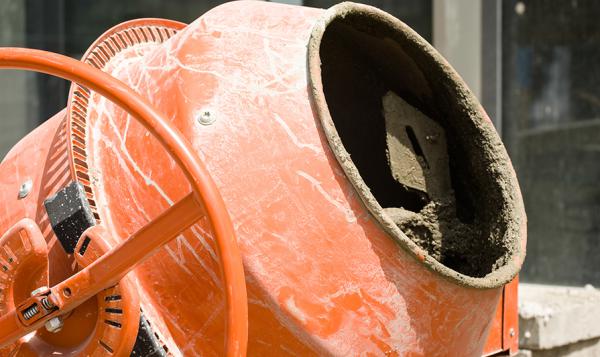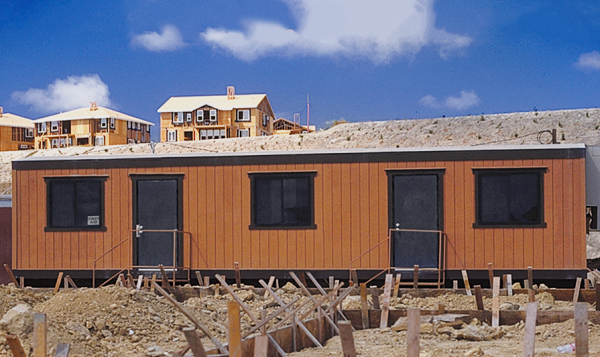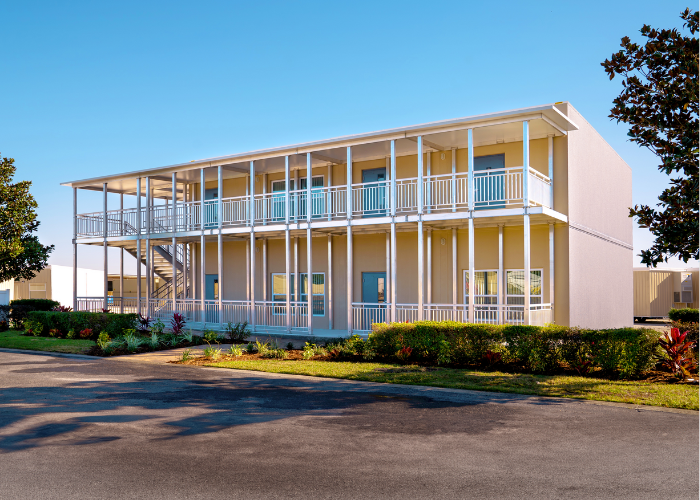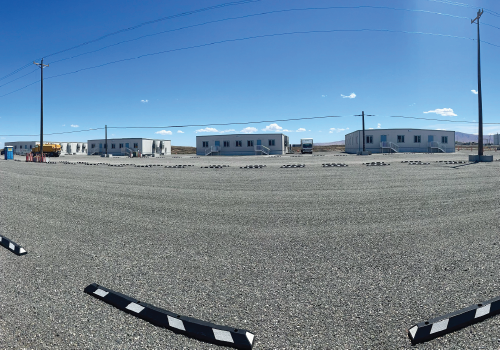Concrete Alternatives For Greener Construction Initiatives
Concrete, a fundamental element in construction, can be found in foundations, structures, roads, bridges, highways, embankments, etc. This manmade material is now considered one of the most environmentally unfriendly materials, with cement, a strong binding agent or adhesive, serving as its primary ingredient.
How is cement harmful to the environment?
Most of the components of concrete – water, sand, and gravel – are natural, but its one crucial ingredient – cement – that has major environmental repercussions.
Virtually every aspect of concrete’s production – from mining and transporting the raw materials, to heating them in a kiln at high temperatures, and the chemical process of turning limestone into small rocks of cement, also known as clinker - releases a high degree of emissions into the atmosphere.
Given its key role in construction, the production of cement continues to increase every year - According to the International Energy Agency (IEA), for every kilogram of cement produced, nearly the amount of CO2 is produced – with around 2.6 billion tons of cement being produced each year (and expected to surpass 4.5 million tons by 2050) – it’s not difficult to believe that the world is looking for eco-friendly alternatives.
With cement being so central to construction life, it is hard to imagine a world without cement production. But can there be a practical and sustainable concrete alternative, or an even better substitute for cement?
The answer is yes!
Concrete Alternatives - In the quest for green and sustainable solutions
To counteract the effects of cement, the cement and construction industry are focusing their efforts on making cement more sustainable – by trying to reduce carbon dioxide emissions in the manufacturing process or trying to alleviate the effect of other climate concerns on concrete, like the heat island effect, by placing solar panels on top of concrete and by installing green roofs.
Let’s look at some of the concrete alternatives that have made a difference:
Cement substitutes in concrete
Some concrete manufacturers are conducting experiments and trials with substituting cement with waste products in their mixes to improve the amount of impact on the environment.
- Ground Granulated Blast-furnace Slag (GGBS): A by-product of the iron and steel industry, slag floats to the top in the blast furnace and is removed, quenched in water and then ground into a fine powder to produce GGBS. It is used in combination with Portland cement, but is less reactive. Concrete made with GGBS cement sets at a slower rate but also continues to strengthen over time, leading to enhanced strength and durability.
- Limestone fines: Limestone fines can be used as a part of cement to produce Portland limestone cement.
- Pulverized Fuel Ash (PFA): Commonly known as fly ash, a by-product of burning coal, is recovered from the gases emitted during the combustion process of coal and used as a cement substitute. It is used in combination with Portland cement (cement cannot be fully replaced by PFA because it relies on the water and lime from the cement for part of the chemical reaction that needs to take place).
- Silica fume: A by-product of the silicon manufacturing process, it is used in concrete production due to its exceptionally fine powder form. Because it is an expensive by-product, the use of silica fume is usually limited to rough environmental conditions that require additional strength.
Alternatives to concrete in construction – companies that pave the way
Companies are considering a host of concrete alternatives in construction or using the least amount possible in an effort to reduce carbon levels in their projects. With mounting concern for sustainability in the industry, these pioneering solutions are ideal for reducing carbon-intensive concrete:
- CarbonCure: This company creates low-carbon concrete by capturing the atmospheric CO2 and integrating it into the material which strengthens the concrete. As less cement is needed to solidify and strengthen the mixture, this method drastically cuts CO2 emissions in the concrete production process, while reducing CO2 in the atmosphere. The best part – the CO2 is not released back into the environment even if the concrete is demolished in the future, because it is transformed into a mineral.
- Corcrete: Designed by a German studio, Niruk, Corcrete is an amalgamated material made by using recycled shredded cork, concrete and bamboo fibers. Lighter than concrete and uses less cement, Corcrete has insulative effects and can be shaped into modular tiles and furniture.
- Finite: Finite found an environmentally friendly, unique technique of combining desert sand grains, producing a smooth brick-like material as strong as concrete. Finite bricks can be recycled and remolded for several lifecycle uses and can be colored with the use of natural dyes.
- Made of Air: Made of Air is a carbon-negative biochar-based material that is composed of 90% atmospheric carbon. Made from organic waste matter (biomass), it absorbs CO2 from the atmosphere via pyrolysis, which is a process of thermal decomposition at high temperatures. The carbon is baked and mixed with a biodegradable binder to create a flexible, carbon-negative material. An ecological alternative for building facades and in interior design uses, it absorbs more CO2 than is produced.
- Mogu: Appropriate for use in the interior design sector, Mogu makes a mycelium-based material, which is as resilient as concrete, and can be used for flooring tiles and acoustic panels. Growing the mycelium from scratch, Mogu bonds fungal mycelium together, and then it can be molded into a variety of colors and matric configurations. Its highly porous nature lends the ideal acoustic performance along with its ability to absorb sound. It also promotes air quality by absorbing toxins.

Modular construction’s contribution to sustainability
Intrinsically, modular construction is already a green initiative. Modular buildings are easier on the environment since it can be constructed in a matter of days, reducing the carbon footprint and noise pollution on site and can be reused. With the cement industry and construction industry’s clever initiatives to reduce the damaging effect that cement has on the environment, the road is paved with enthusiasm for innovative new materials that are sure to make modular construction’s “green” tag even greener!

Partnering with our green initiatives for your next project and choosing modular construction could be your winning hand.
At Mobile Modular, we provide solutions that offer great value. We have a large selection of customizable and relocatable modular buildings in stock and ready to deliver. Carefully assembled and quality-controlled before delivery, our modular structures are faster, more cost effective and environmentally viable than traditional buildings.





